Amsterdam: The City of Canal Homes
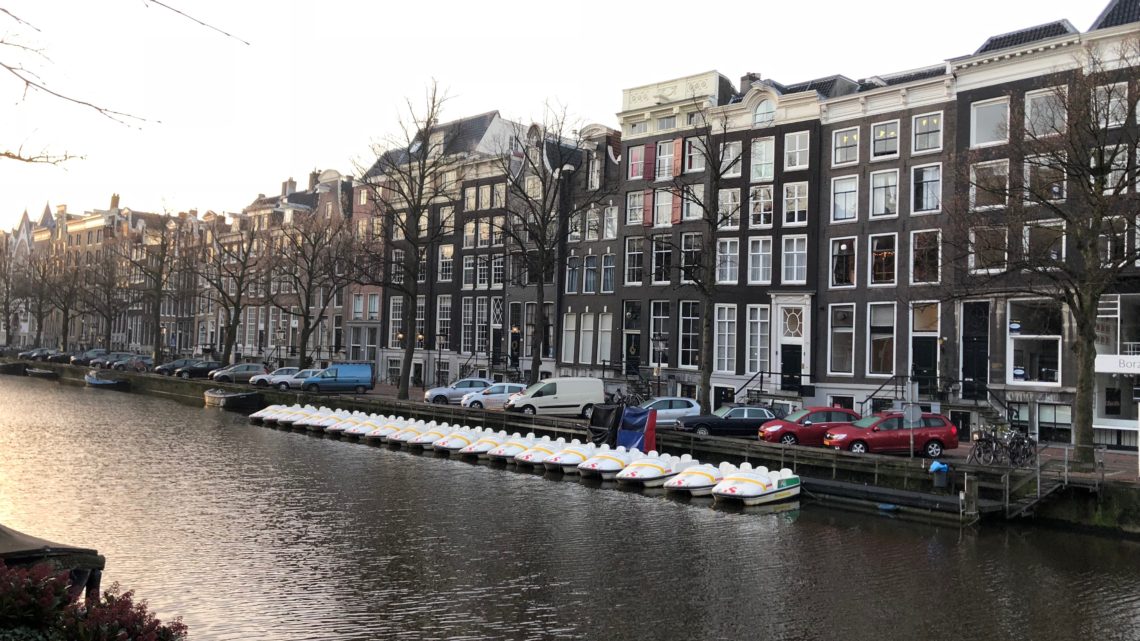
Ever since I read the chapter on Dutch houses from Home, by Witold Rybczynski during my freshman year theory class, I knew I wanted to visit Amsterdam at some point in my life! The book’s description of these cute little homes lined along sweeping canals was hard to resist. As a result, Amsterdam became one of the cities that I made a point to visit when returning to Europe.
On my first day of exploring the city, I immediately fell in love with the architecture, canals, and historic sites that the capital of the Netherlands had to offer. I started my walk from my hostel near Amsterdam Centraal towards the southern portion of the city.
Dam Square
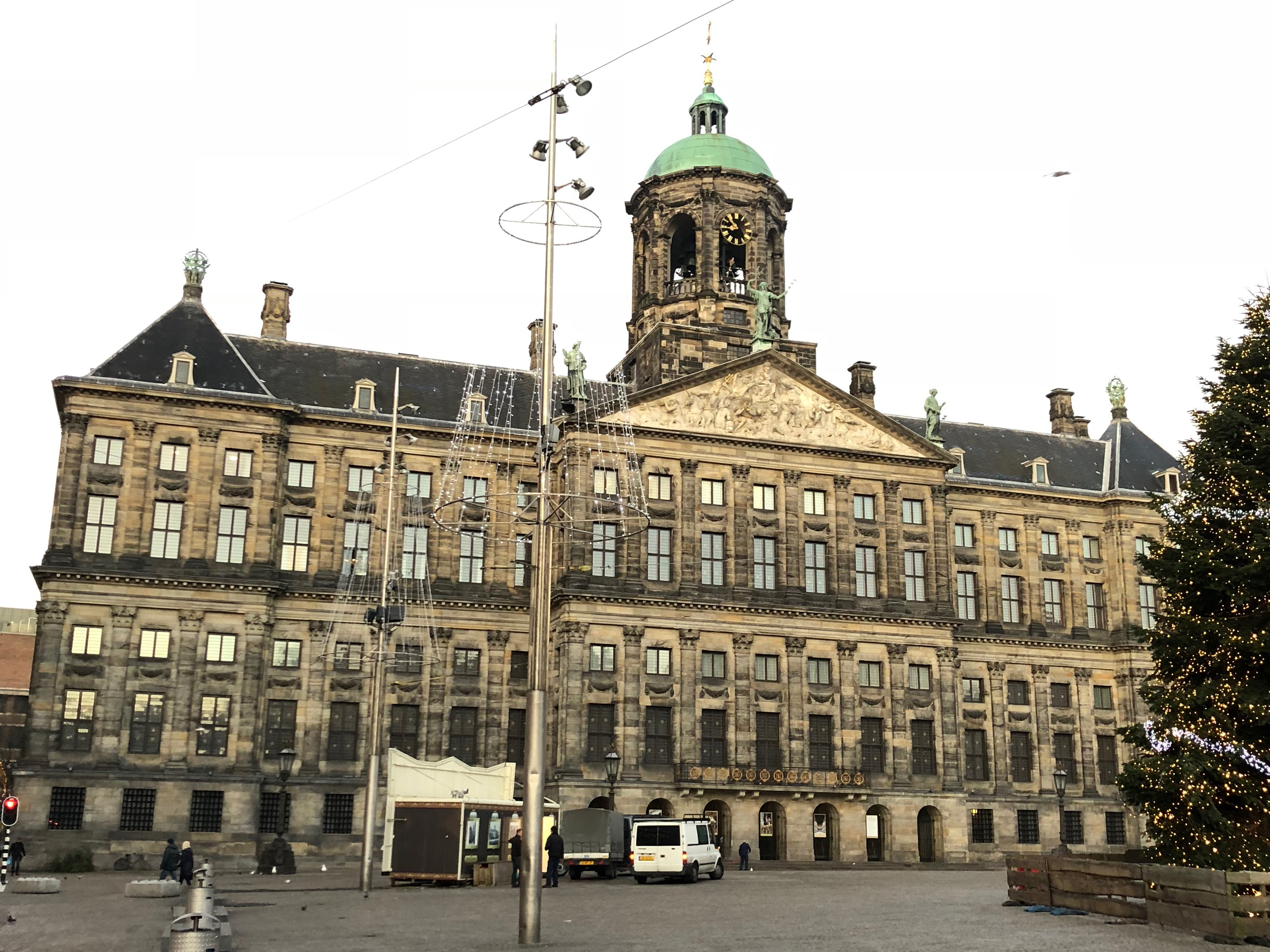
My first stop of the day was Dam Square, one of the city center’s major meeting points. It was here that I got to admire Amsterdam’s Royal Palace.
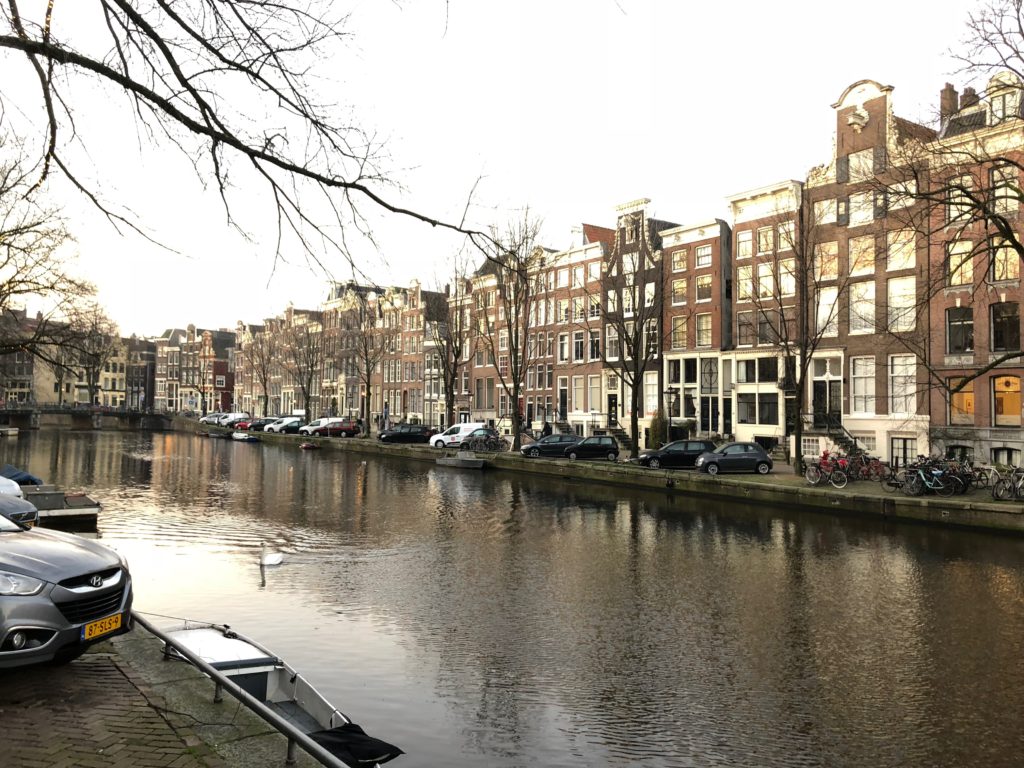
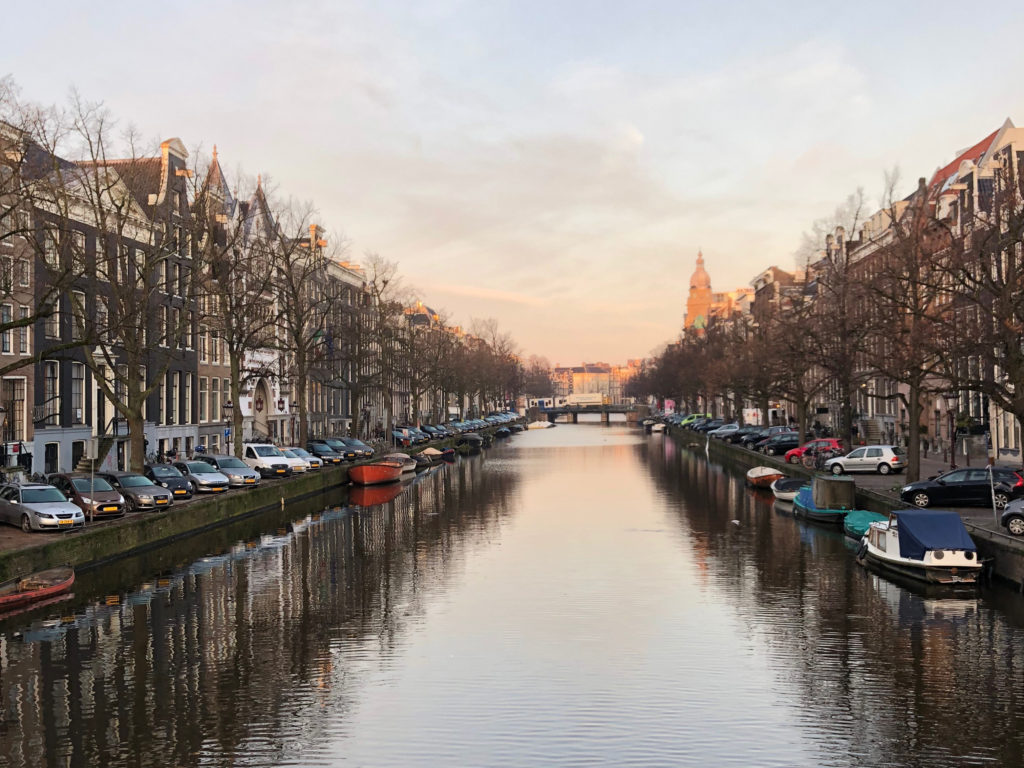
Amsterdam is one of those cities where you could walk around for hours, simply admiring the fabric around you. Along each and every canal, the houses stand tall and narrow. Each home is divided into two or three bays and is around five or six stories. The ornamentation ranges from Gothic to Baroque. Due to the number of canals in the city, Amsterdam is often known as the “Venice of the North,” which is the immediate impression I got from frolicking around the streets!
Van Gogh Museum
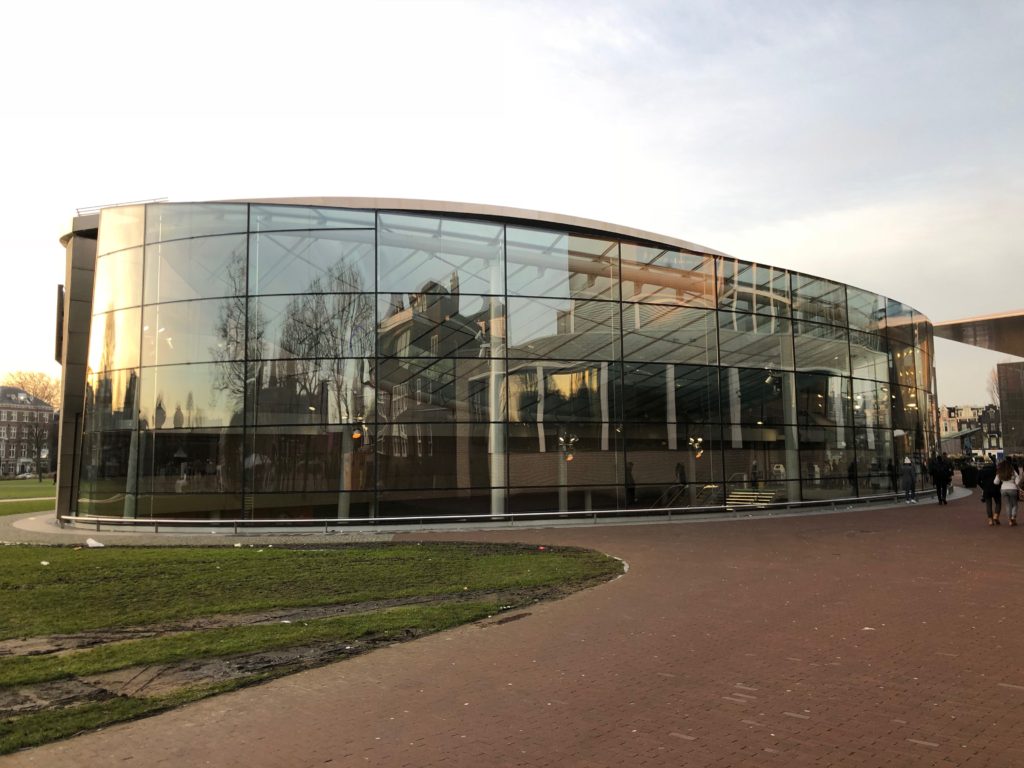
The first major attraction I visited was the museum of one of my favorite artists: Vincent Van Gogh. The building has a striking modern entrance, leading underground into a naturally lit lobby, much like the Louvre in Paris.
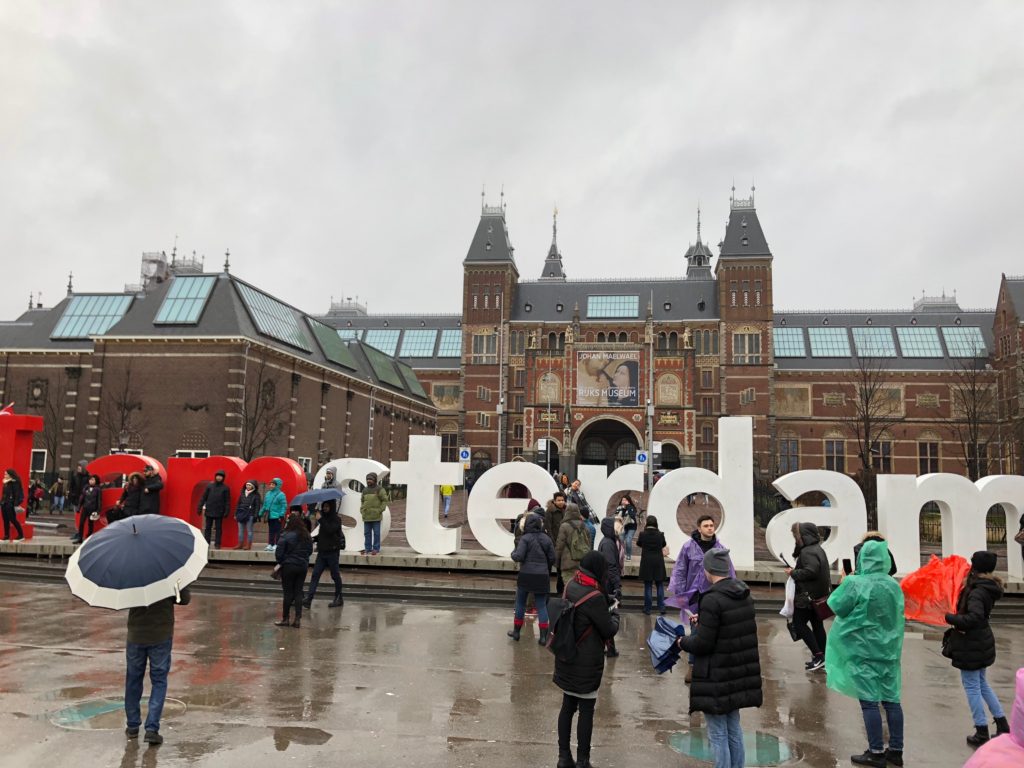
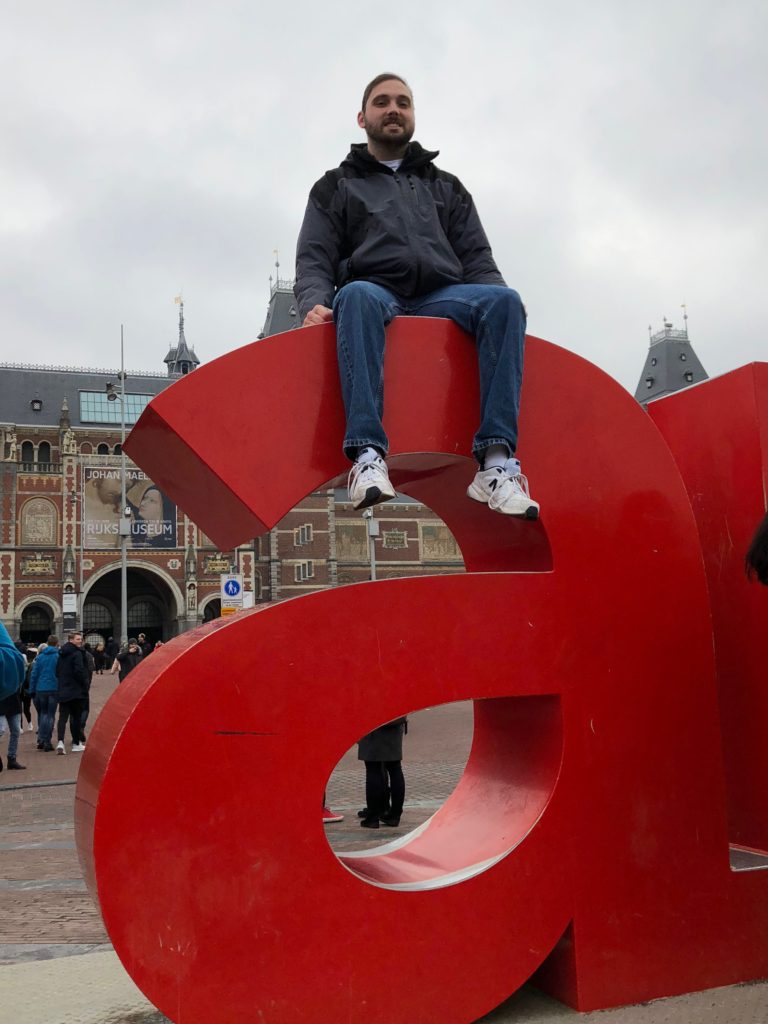
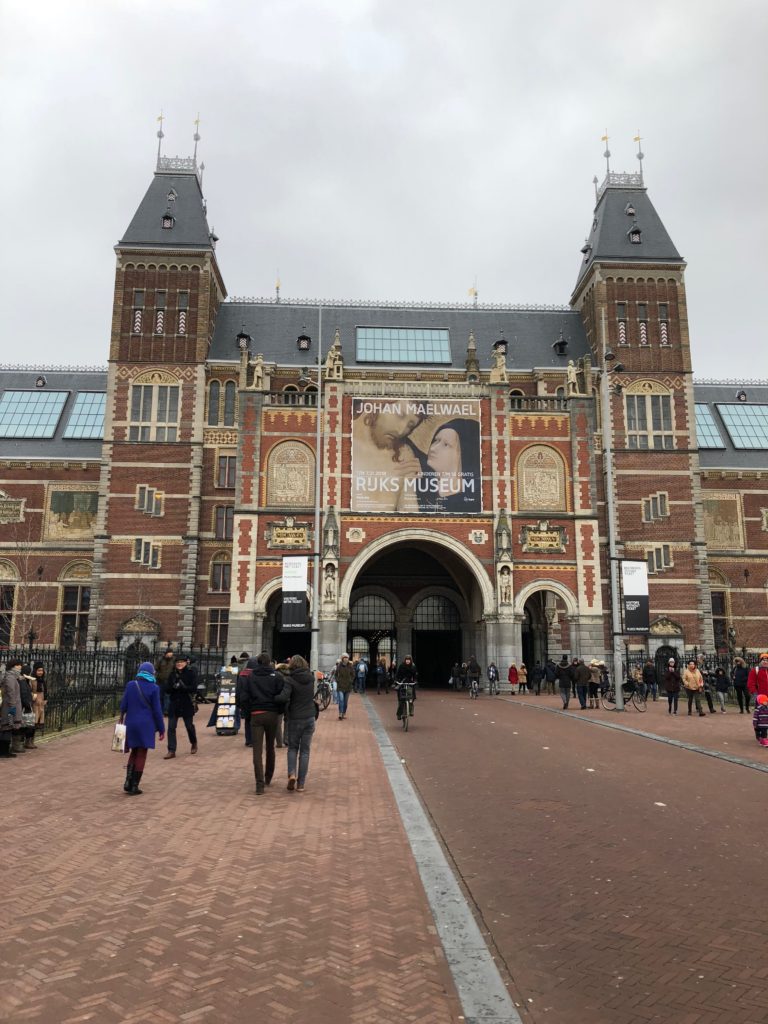
Another museum, the Rijksmuseum, is located just nearby and was the site of one of the city’s former icons: the “I Amsterdam” Sign. This crowded attraction was the perfect spot to take pictures, selfies, and even climb on the letters. Unfortunately, the city removed them from this location
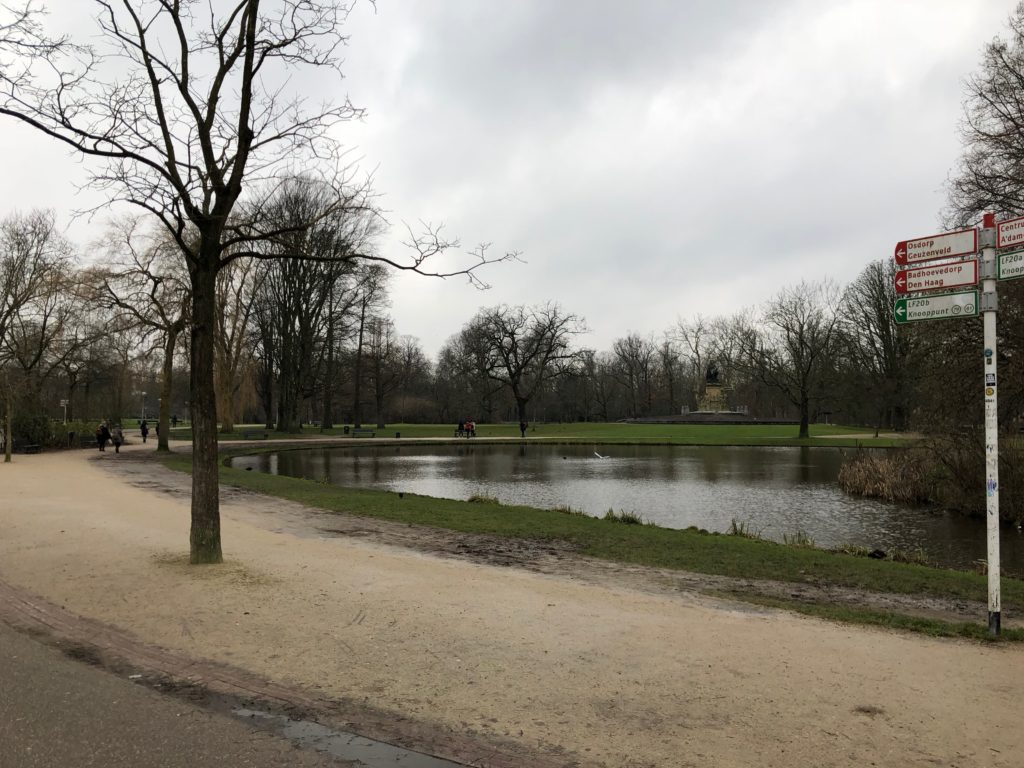
Both museums are adjacent to Vondelpark, one of Amsterdam’s primary green spaces, where I took a late-morning stroll. Since it was winter, the leaves had fallen and the only green inside the park was from the grass below. Similar to my experience of walking through the King’s Garden outside Copenhagen’s Rosenborg Castle, I imagined this as a lush and green outdoor space for relaxing on summer days!
Amsterdam Centraal
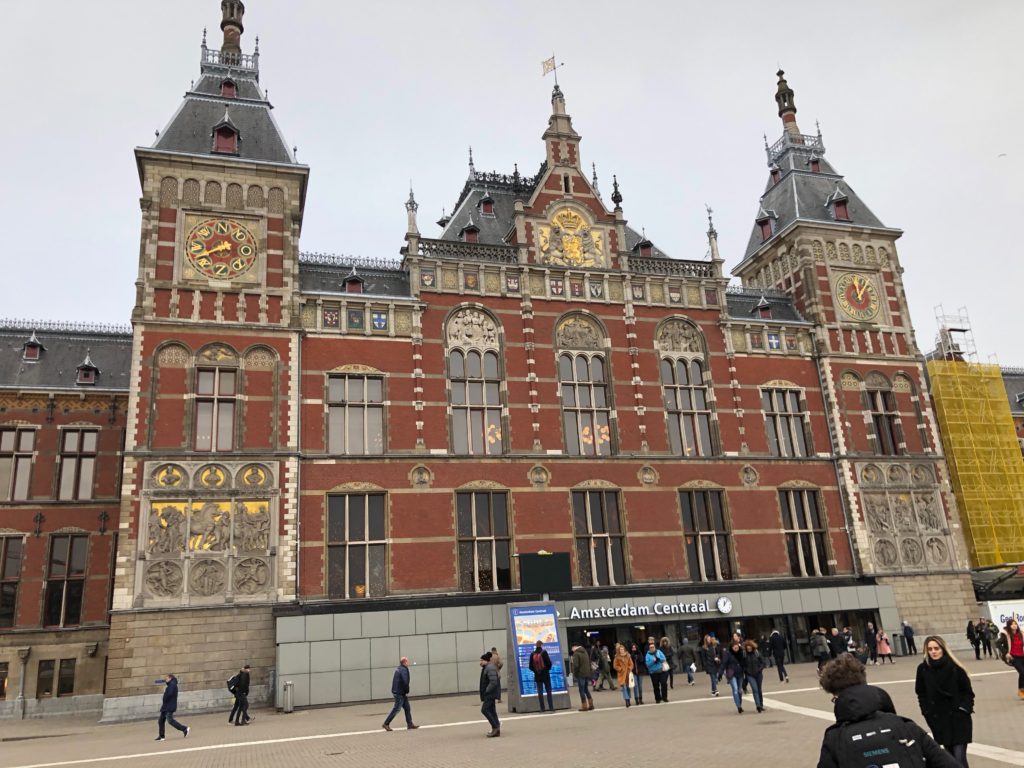
I hopped on a nearby tram and rode back to Amsterdam Centraal. I had previously arrived here the night before but had not gotten a chance to look at the station building. During the daytime, I discovered a beautiful front façade, built mainly of brick and stone. The design takes inspiration from both Gothic and Renaissance architecture. The façade was designed by Dutch architect Pierre Cuypers, also known for designing the Rijksmuseum.
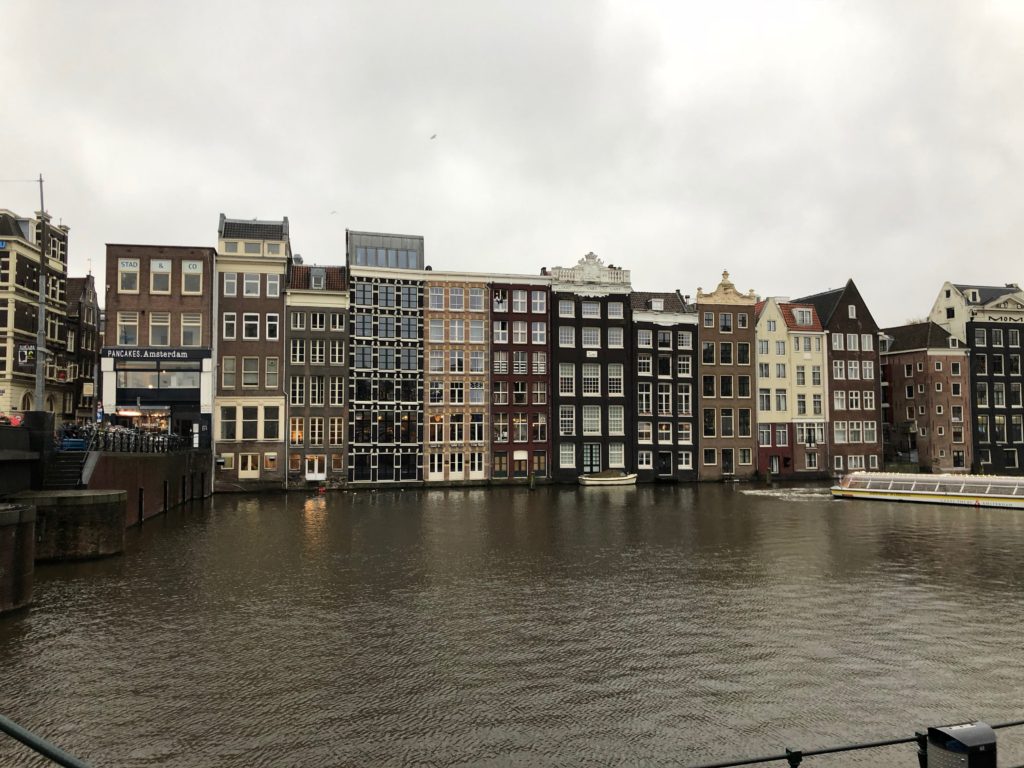
The square at the train station marks the beginning of Damrak, a prominent street that links this area with Dam Square. From here, I got a vantage point of some more of the
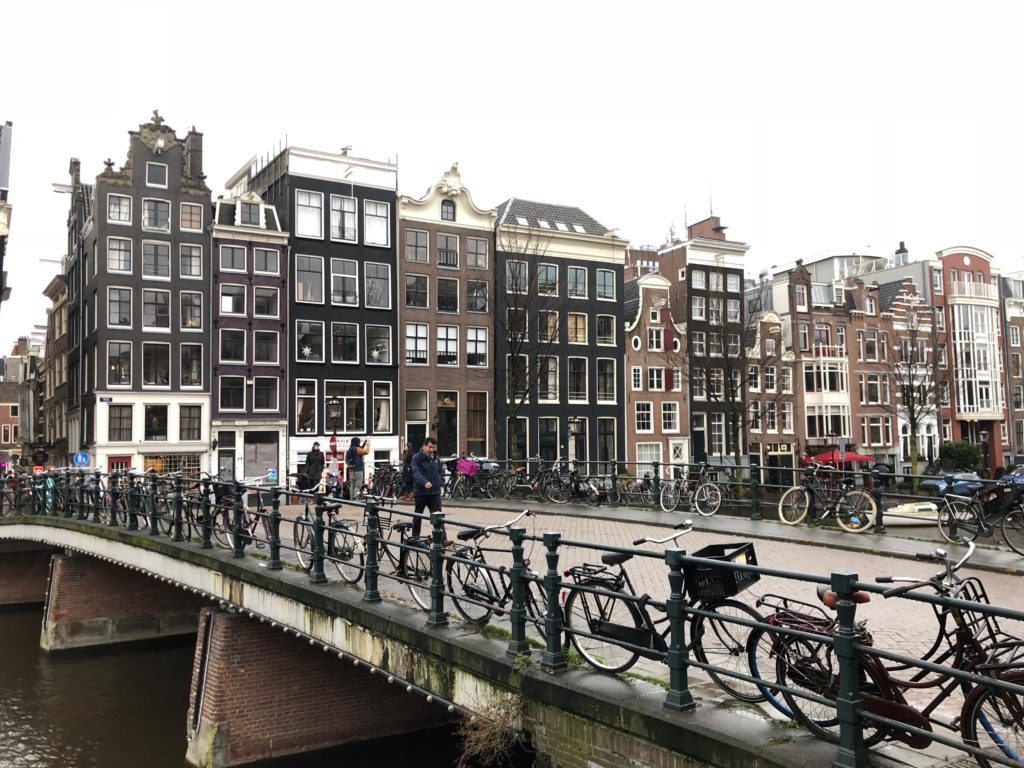
After lunch, it was time to head south again. I absolutely loved walking around Amsterdam, and even the journey between attractions was a delight of its own. The canal homes are simply an architectural beauty, and it feels like you are walking through a dream. Although each home takes on the same overall shape, no house is exactly alike.
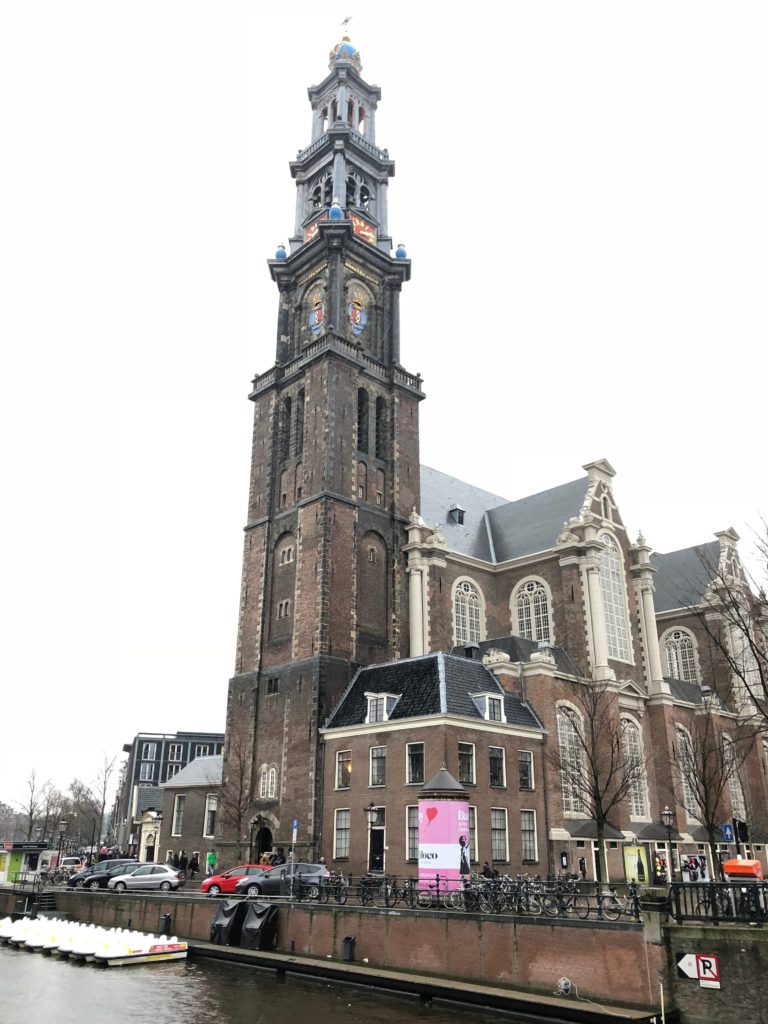
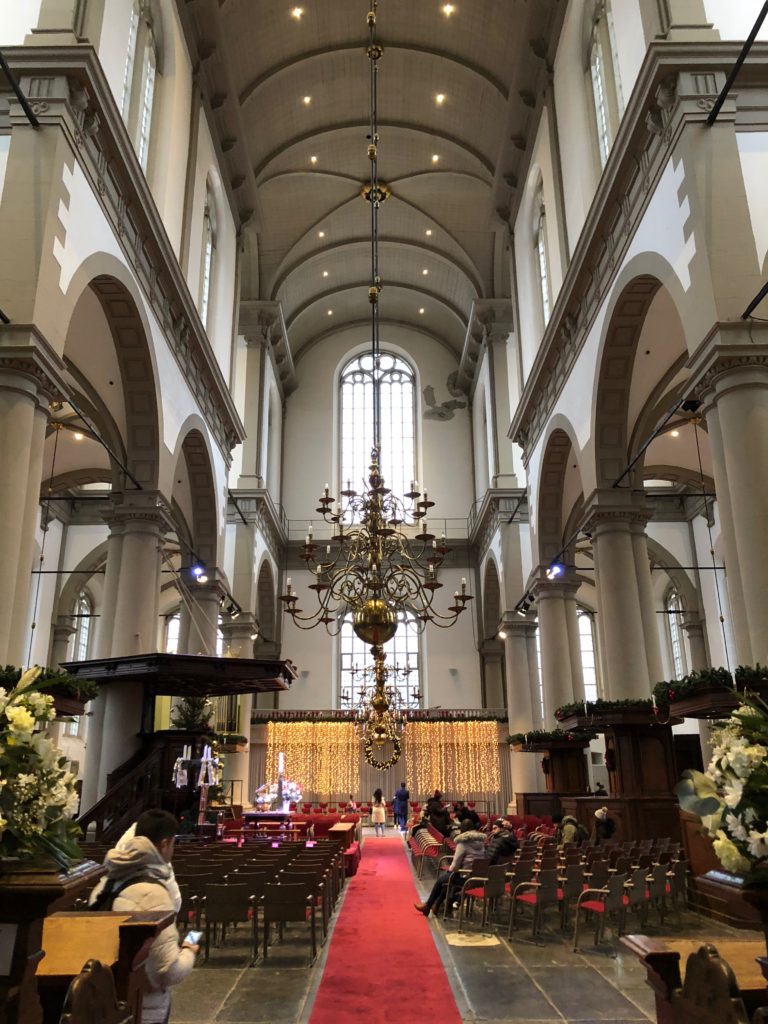
Along one of the canals, I passed by an impressive church: Westerkerk. The architect in me came out, and I had to go inside and take a look. The church was built in the Dutch Renaissance style, like much of Amsterdam, and features a towering brick and stone exterior, with large rounded windows lined by ionic columns. A steeple houses bells and a clock tower, built of simple stone ornamentation and a hint of color. The Imperial Crown of Maximilian I
Inside, a prominent vaulted ceiling is overhead, with large chandeliers hanging from above. Doric columns support grand arches and triglyphs decorate the interior of the church.
Anne Frank House
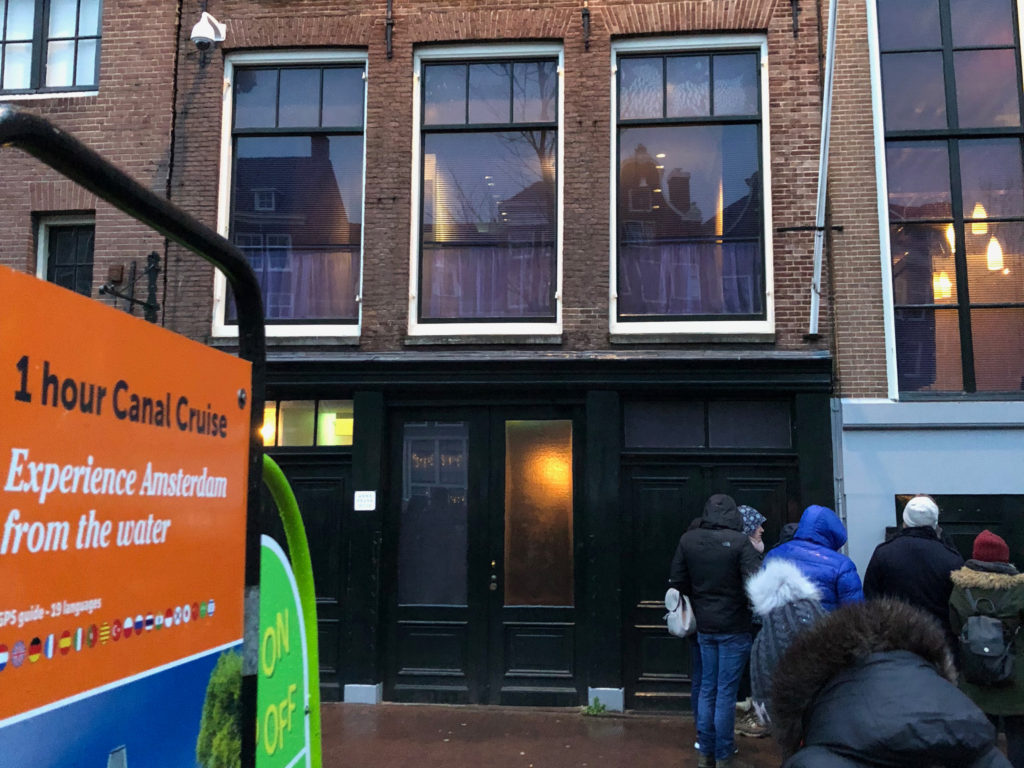
My next stop was at one of Amsterdam’s most somber sights: the Anne Frank House. As a Jew who had learned about this house not only during my religious studies but also during eighth grade English, it was time to visit in person. Tickets are only available online, so I made sure to reserve my spot well in advance.
As I entered the museum, I was provided an audio guide, where a voice actress portrayed Anne during her story of living in hiding. As I walked through the museum, I felt like I stepped back in time to the Nazi regime and was living through the struggles of being Jewish during this era and having to keep my identity a secret. While the main portion of the house is furnished, the Secret Annex was left unfurnished at the request of the family. The experience of visiting this museum is an emotional one, but I came out with new knowledge about a story I studied years ago.
Heineken Experience
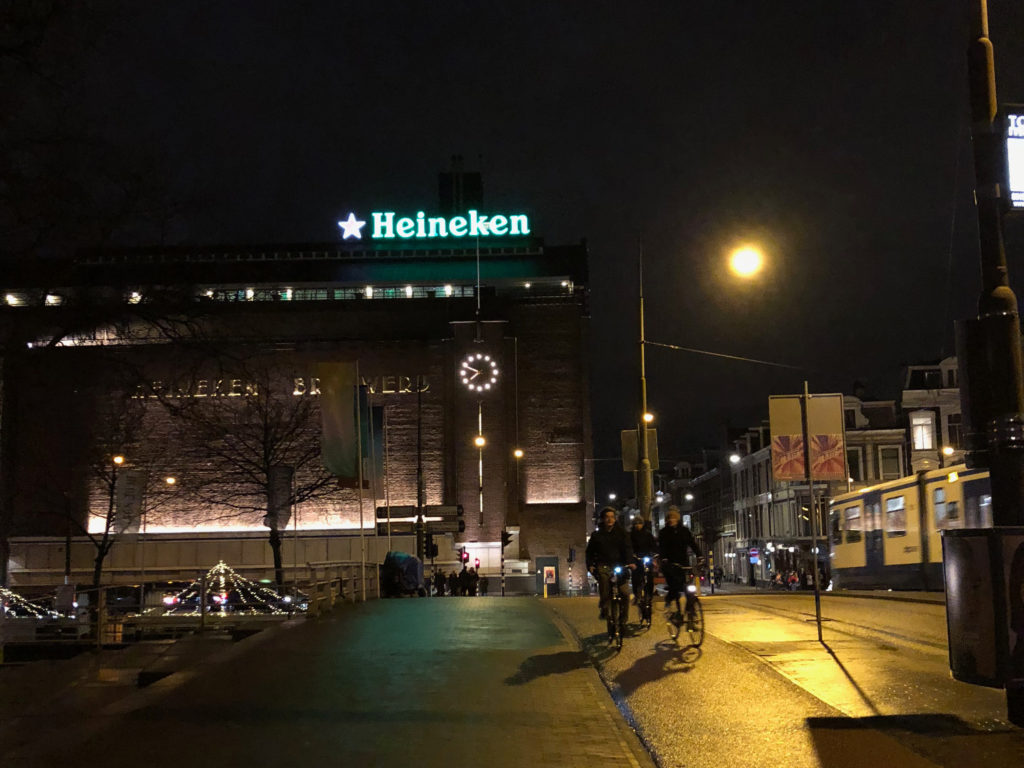
After the museum, I visited one of the city’s more cheerful sights: the Heineken Experience. Heineken is one of my favorite beers and tastes much better in Europe than it does in America. I was especially excited to drink this beer in its birthplace! I waited in a long line outside the brewery to buy my ticket, so I’d recommend purchasing it online to avoid the queue.
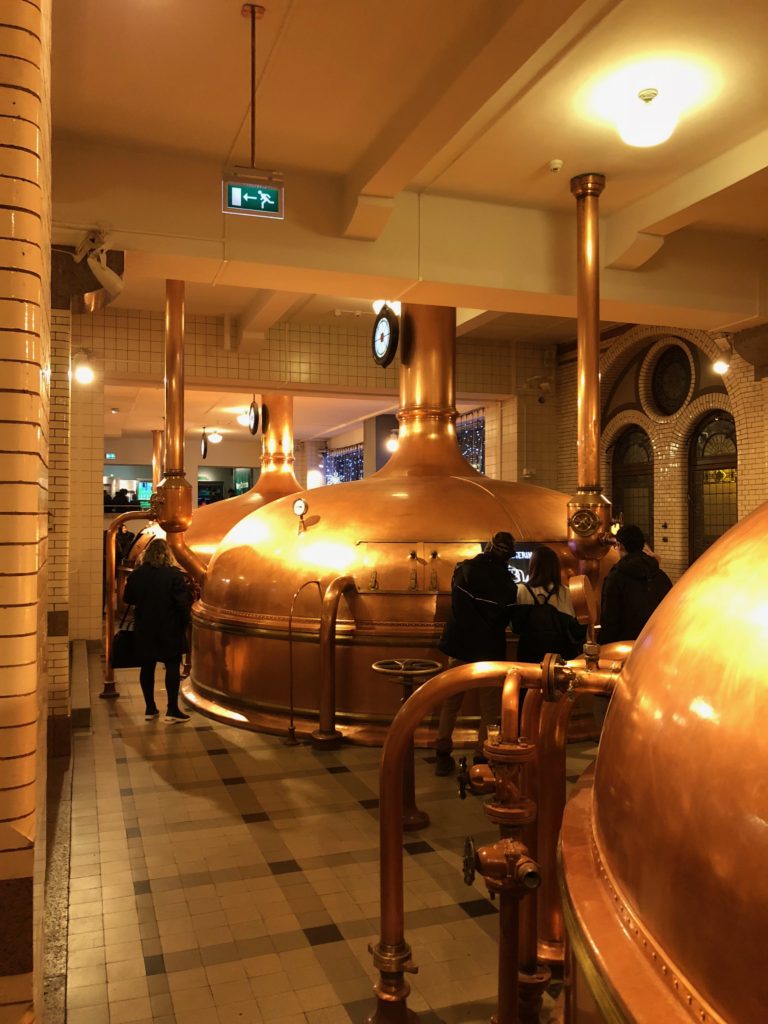
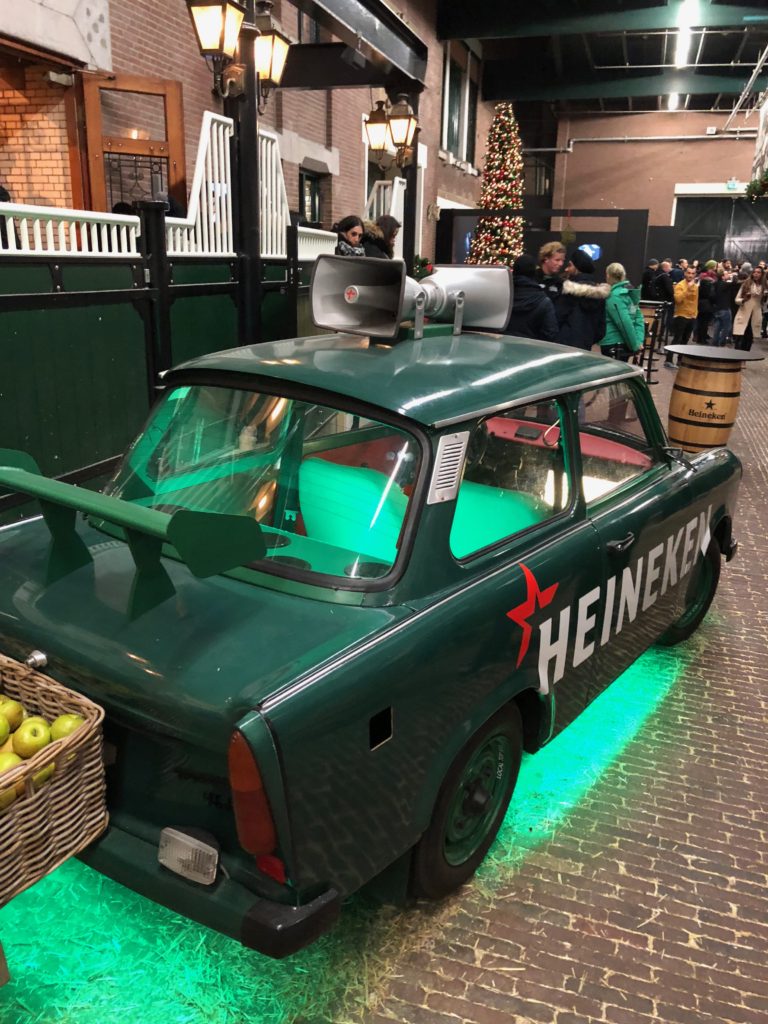
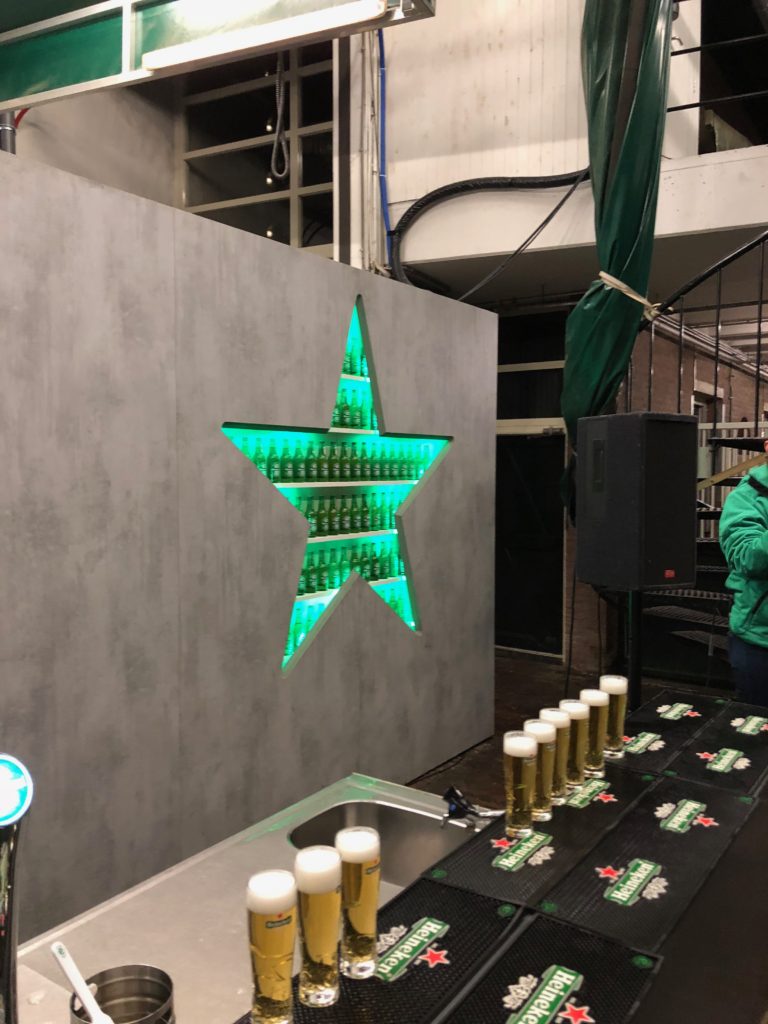

Once inside, I explored the museum and learned everything about the brewing process, from the simple ingredients of water, hops, barley, and yeast to the fermentation process and the final steps of bottling and shipping the beer worldwide. Along the way, I got to taste raw ingredients, unfinished beer, and see the brewing facilities first hand. The museum is more than just about the brewing process, as it also includes exhibits showcasing Heineken’s brand. Visitors will find hands-on sports simulation games, Heineken branded cars, and historical bottles on display. The icing on the cake is the bar downstairs, where visitors are treated to two complimentary drinks!
My first day in Amsterdam was a successful one of exploring the city’s beautiful architecture, historic sites, and sampling the local cuisine. I headed back to my hostel, which was located in Amsterdam’s Red Light District. This intense part of the city is something of a culture shock. Prostitutes stand on display behind red-lit windows, ready to offer their services to passers-by. The area also has plenty of
Unfortunately, my hostel in Amsterdam did not have the same friendly vibe as my hostel in Copenhagen. Although there was a bar downstairs, it was too loud to converse with anyone, and the hostel was so large that there was no sense of community. Finally, the staff at this hostel were older and simply less relatable than the young staff at my Copenhagen hostel. Despite this setback, I was excited to continue my journey of exploring Amsterdam!
